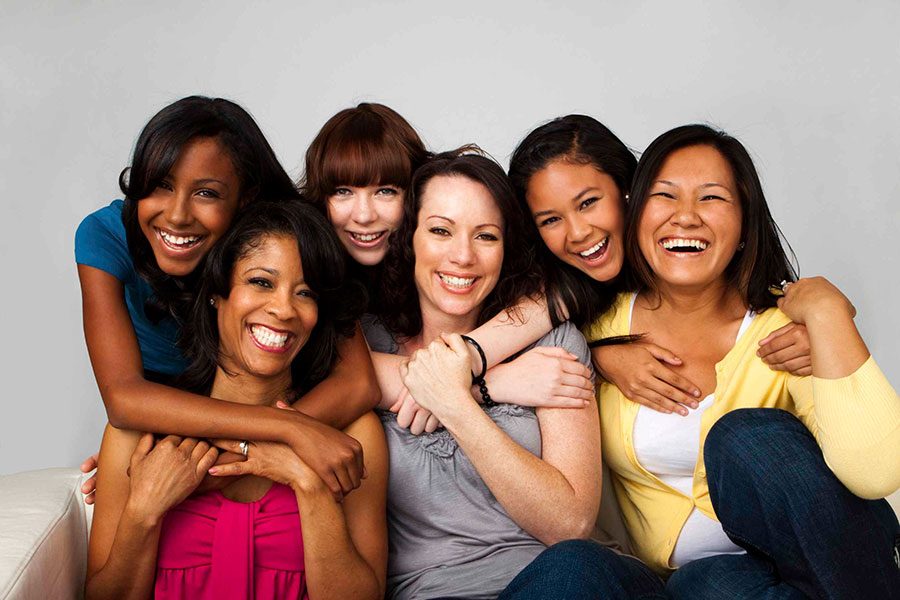To build on the promising momentum around inclusion last year, organizations should expect more from executives, tackle gender equality in broader ways, and continue to uncover the full humanity of their employees.
George Floyd’s murder, the subsequent global protests, and pandemic-related solidarity were explosive. They were powerful developments that could accelerate progress on inclusive workplaces in 2021, or simply be remembered as mere engine backfires, and become wasted opportunities that damage the long-term health of companies by stifling human potential.
Much depends on how organizations embrace the Diversity, Equity and Inclusion Agenda (DEI) for 2021.
Many organizations responded to last year’s racial reckoning by pledging to renew their DEI efforts. But with so much work to do — and with much attention now focused on the very health of our democracy after the Capitol riot — it would be easy for the energy and goodwill around diverse workplaces to dissipate. It would also be easy for company leaders to revert to business-as-usual, avoiding the uncomfortable conversations and structural reforms needed.
That’s why we suggest the DEI agenda for 2021 be narrowly focused. And why the three priorities we identify concentrate on senior executives and the straight white men who make up the bulk of their ranks.
1. Expect more from the powerful — in the professional, public, and personal realms
Advocates for greater diversity have known for years that their efforts aren’t likely to go far without the support of CEOs and other top executives. This is the year to double-down on that message and expand on it. COVID-19 and the racial protests showed us that conversations about equity and belonging could not be contained within a company’s four walls; they require engagement by executives in the wider culture and policy arenas. Even more importantly, senior leaders must wrestle with the profoundly personal dimensions of privilege and power. There’s no other way to arrive at a genuine commitment to an inclusive organization and world.
Pioneers are blazing brave trails here. They are saying, in effect: “I thought I was doing enough for others, and I now realize I’m not.” Among the standouts is Tim Ryan, senior partner, and US chairman at professional services giant PwC. He began his soul-searching around racial inequality several years ago, oversaw the publication last year of a “warts-and-all” report on PwC’s corporate diversity, and spearheaded a new business initiative to advocate for racial equality in public policy.
2. Advance gender equality — by tackling both sides of the equation
In December, women lost a total of 156,000 jobs, while men gained 16,000. That disparity builds on a broader 2020 trend of women leaving the workforce at a much greater rate than men. Principle reasons for the inequality are childcare duties and remote education support, which have been falling far more on the shoulders of women than men. We are losing an entire generation of female professionals. This is what happens when businesses fail to stimulate more fundamental, systemic culture changes. To be sure, organizations should bolster programs that help mothers and caretakers return to work.
But gender fairness work has to expand beyond the female part of the equation. Company leaders — most of them male — ought to shine a spotlight on outdated, unhealthy views of masculinity that perpetuate inequality at work and home. Leading organizations will advocate for a “liberating” masculinity — one that frees men and their partners to share in the burdens and joys of parenting, that encourages greater self-awareness of the advantages of their gender, and that promotes an inclusive approach to leadership.
3. Continue the “Great Uncovering” — even post-pandemic
COVID-19 changed our definition of performance and tore down the facades we’ve been conditioned to hide behind in the workplace. We’ve finally broken from the “worker as widget-maker” once and for all, and our lives have flooded onto the screen. If someone was closeted before the pandemic, perhaps they can’t be now because their same-sex partner is walking behind them on Zoom for all to see. In this “Great Uncovering,” our lives have been on display like never before: our mental health challenges, our family constellations, and our socioeconomic status as made visible by our work-from-home setups.
This is cause for celebration. It has prompted new levels of vulnerability, acceptance, and community. In many cases, it has enabled those historically marginalized in corporate settings to finally feel seen and welcome. But the forcing function for this intimacy and human connection — the pandemic — will not last forever. Overall, that’s great news, but it threatens to return our workplaces to less warm, less holistically human, less inclusive cultures. We ought to work hard to preserve our newfound authenticity as we evolve from virtual operations to more traditional office arrangements.
In outlining the agenda above, we didn’t even touch on the business case for DEI. But make no mistake: the organizations that fail to accelerate their inclusion efforts risk falling far behind competitors.
As DEI advocates accustomed to slow progress, we know the dramatic momentum of last year could well sputter and die. But in the wake of great sacrifices and authentic awakenings in 2020, we dare to dream. With a focused agenda that asks for a genuine commitment by male executives especially, we can speed ahead this year toward diverse workplaces that work for all.




































